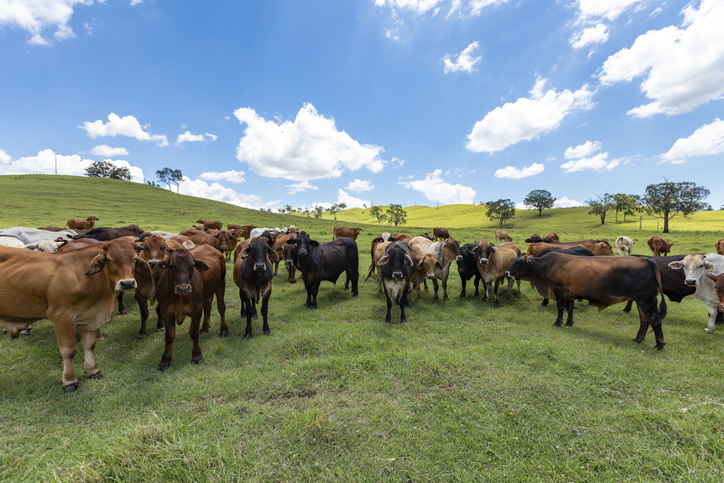What is vegan leather?
Vegan leather is a growing industry. A report released this year estimates the world market for vegan leather could be worth $85 billion by 2025. Just this year, Tesla joined BMW, Mercedes-Benz, Lexus and Ferrari in offering a range of vegan leather seating.
Most of the time, vegan leather is made from polyvinyl chloride or a polymer called polyurethane.
But recently, you’ll find more and more vegan options made from pineapple leaves, cork, mushrooms, apple peels, kelp, bark as well as recycled polyester.

What are the perks in using vegan leather?
According to Peta, billions of animals, from cows and alligators, ostriches and kangaroos are killed for their skins each year. Peta goes as far as to claim some animals are mutilated without painkillers and skinned alive.
Aside from desiring cruelty-free products, many people are opting for vegan products due to environmental reasons. In the article Cow Burps and Climate Change, Joseph Earp writes that a Danish study found “a cow produces enough methane per year to do the same greenhouse damage as four tons of carbon dioxide.”
Earp says the beef industry requires significant resources for feed, land and water: “Australia is the meat-eating capital of the world, and beef production accounts for exactly half of all agricultural farmland in this country.”
While leather is often a byproduct of the meat industry, allowing cowhides to decompose naturally is likely better than using them for leather production. Treating cowhides involves a large number of toxic chemicals and excess energy production. Plus, tannery waste releases many pollutants into the environment.
Is it cheaper?
Plastic-based leather is generally cheaper than real leather. The reason car manufacturers are interested in vegan leather seats is that they’re easier to maintain. Biodegradable materials like pinatex tend to cost more but are still cheaper than traditional leather.
But then there’s the question of longevity. It could work out cheaper in the long run to buy one good quality leather jacket that you’ll hold on to for life, as opposed to buying multiple organic leather options that could breakdown.
How does it look and feel compared to real leather?
Real leather changes, becoming more valuable over time, so there are slight textual differences. You can purchase vegan leather in a wide range of colours and a variety of products: from wallets to skirts, and belts to lingerie.
What options are out there?
ASOS have a huge range of pleather options. This Weekday patent trench-coat will set you back $220. You can buy it here.
If you’re looking for something classic, Matt & Nat’s Draden vegan leather jacket ($230) is a good bet.
This Toronto-based fashion house makes minimal leather purses, handbags and more from the waste of the juicing industry. While they haven’t yet figured out how to get around using plastic binding agents, Samara are working towards a completely biodegradable product. You can buy the Apple Leather Mini (pictured) for $74 here.
Peta and Coalition LA joined up to offer their own faux leather jacket. You can buy it for $102 here.
Roandco’s vegan wallet range is sleek and affordable. You can purchase their wallets from $11 here.
Stella McCartney is known as the queen of sustainable fashion. These leather Stan Smith sneakers will set you back $480, and you can grab a pair from here.
Doc Martin’s has a wide range of vegan leather. These 1460 VEGAN Oxblood Chrome boots cost about $210, but there are plenty of other shoe styles to pick from that come in vegan options. You can grab these here.
Is fake leather really eco-friendly?
Not always. Polyvinyl chloride and polyurethane, the materials most often used to make faux leather, are both damaging to the environment and non-biodegradable. Polyvinyl chloride releases chemicals that have been linked to cancer, immune system damage and hormone disruption.
The Washington Post reported that “both polyurethane and polyvinyl chloride must undergo chemical processes to make them flexible enough to mimic leather. Both derive from fossil fuels which, when burnt, release materials such as ash, nitrogen and carbon into the atmosphere, which contribute to acid rain.”
If you’re buying vegan leather from fast-fashion retailers, there’s a good chance your product won’t last or be ethically made.
The ABC found that “Australians are the world’s second largest consumers of textiles, buying an average of 27 kilograms of new clothing and other textiles each year.”
A handy way to make more ethical choices is to buy less. When you do need something new, research and plan your purchase, save and buy options that are good quality and will be cherished over a long time. Or try to buy products that won’t sit in landfill for hundreds of years. Organic vegan leather options, like pinatex, a vegan leather made from pineapple leaves in the Philippines, or apeel, a leather made from apple peels, can be used for fertiliser or bio-gas.




